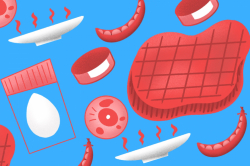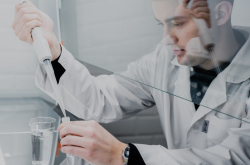Development of biodegradable coatings and packaging for food products
Natalia, what prompted your interest in this topic?
Currently, in a number of countries there is a trend for reducing the amount of plastic used. This forces manufacturers to start thinking about how to ensure the opportunity to dispose of or recycle the packaging waste produced. This is what makes the task highly relevant.
As of now, more and more products that need to be packaged are being made, which creates enormous quantities of trash. In Russia, the amount of solid household waste is growing each year. Between 1998 and 2013, this number has doubled in size – from 30 to 60 million per year – and only continues to increase. According to the data by the Federal Service for Supervision of Natural Resource Usage, such an increase is caused by, first and foremost, the active use of packaging and packaging materials. The production of single-use products and packaging, which only serve their purpose for a couple of minutes, requires a lot of resources and energy. Then, they get dumped on landfills and pollute natural areas.
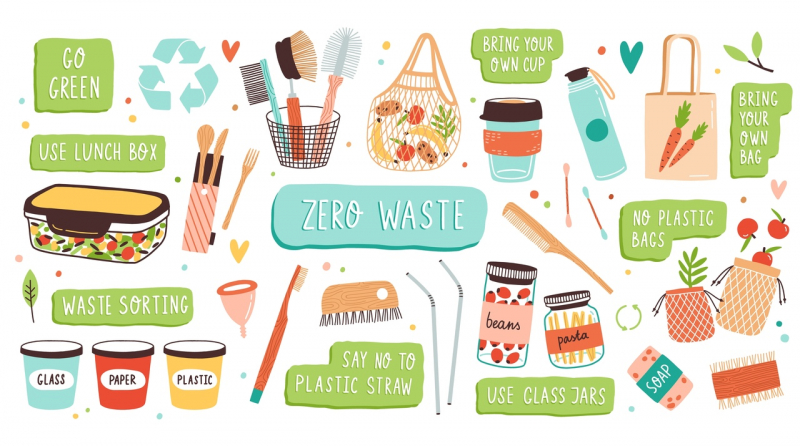
Why can’t plastic just be recycled? Why do we need biodegradable packaging?
There is an entire range of associated problems. Firstly, organizing the collection and preprocessing of this kind of raw materials isn’t easy, and its transportation to the end destination involves significant financial costs. Secondly, the very technology for processing Tetra Pak and its analogues isn’t perfect and is more of a way to separate the paper and polymer-aluminum parts rather than their actual processing. Thirdly, there are only four companies in Russia that deal with recycling of Tetra Pak, Pure Pak, and Tralin Pak packaging. Another important problem is disposing of single-use coffee cups. Worldwide, such waste is recycled only by a couple of facilities.
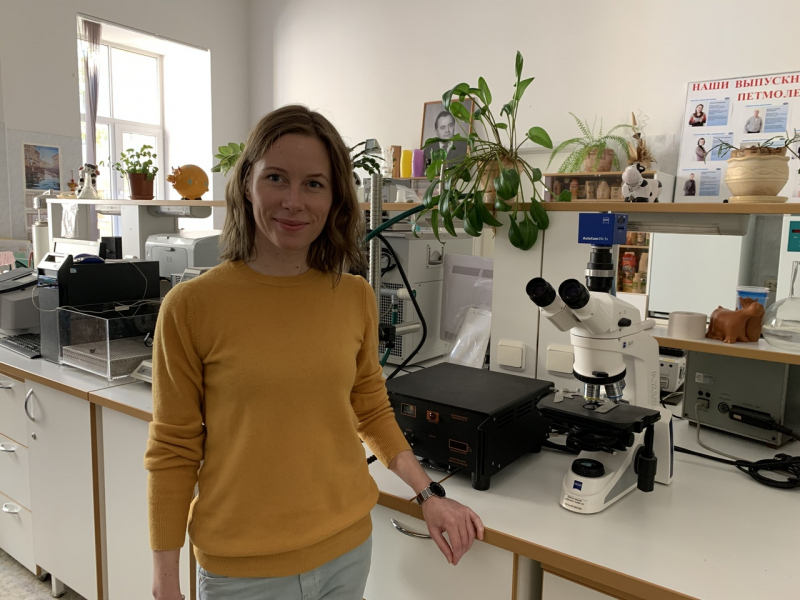
Are there any biodegradable packaging analogues that are being developed?
The research, of course, is being done. For example, the Tetra Pak concern, working in collaboration with the Brazilian petrochem company Braskem, plans to become one of the first in the food industry to incorporate sugarcane-based polymers in their packaging. But such an approach has some unobvious issues, the first of which concerns raw materials. The necessity to grow agricultural crops which such polymers will be derived from will inevitably lead to competition with food crops.
How is your project different?
We propose alternative raw materials. In our developments, we focus on naturalness, biodegradability and functionality. Our goal is to obtain new coatings for paper and cardboard packaging, containers and packaging for fast food, dairy products, breadstuffs, salads, soups, drinks and so on.
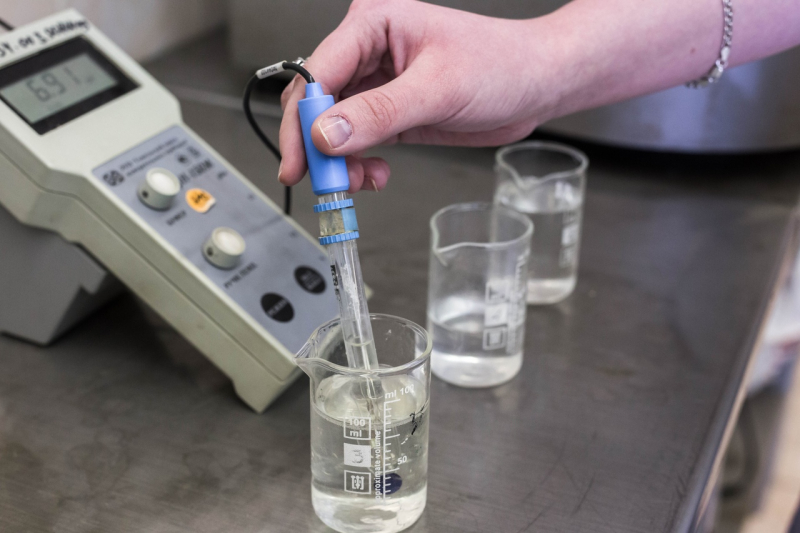
How do you see these developments being implemented?
We are moving in two directions. The first is the development of new technologies for obtaining barrier coatings which are suitable not only for the established corrugated cardboard market, but are also a potential solution to the problem of single-use coffee cups. The second is manufacturing food packaging that is easy to recycle or is capable of self-decomposing. One of potential areas of development for our technology could be the creation of edible packaging and containers – for example, edible cups and cutlery. Such a cup would not only allow you to enjoy your coffee, but also nourish your body with fiber, if we were to create a sample with valuable macro- and micronutrients. But this is more of an aspiration for the future.
When are we to expect the first prototypes?
With due funding, there is a chance that we present them in 2021.
Development of food products for vegetarians and vegans of different age groups, including people with increased physical activity
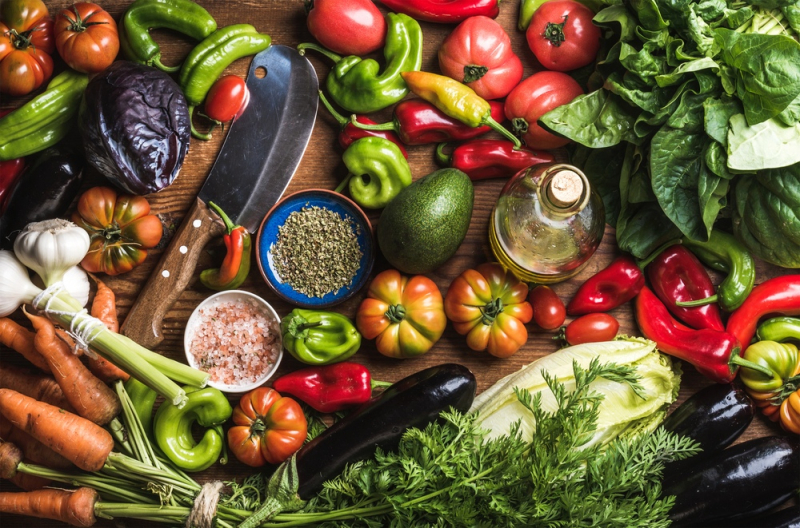
You are also working on the development of food products for different categories of consumers, for example vegetarians. How much in-demand are these products, given that vegetarianism, let alone veganism, is still not that widespread in the world?
The target audience also includes those who can’t consume animal-derived products for medical, ethical or religious reasons. As of now, approximately two-thirds of the world’s population suffer from lactose intolerance. But there are other conditions, too, such as malabsorption of lactose or allergy to milk protein. Apart from that, an average of 11% of the world population choose not to consume products of animal origin, pursuing a vegetarian or vegan diet. And major companies react to these consumer choices, aligning their production accordingly. Experts forecast that the vegetarian products market will surpass 24 billion US dollars by 2025.
What is your project about?
We’re creating a wide range of natural products that take into account a potential lack of macro- and micronutrients in vegetarian and vegan diets. Also considered are environmental, ethical and religious aspects, as well as potential lactose intolerance and malabsorption, and milk protein allergy. For people who do sports, we additionally factor in the increased energy requirements to expedite recovery and boost adaptive capabilities to neuro-emotional stress depending on the type of sport and training.

Why do you make an emphasis on physical activity?
Because one of the most widespread stereotypes about vegetarianism and veganism is that such a diet is only suitable for those who don’t get a lot of physical activity. In fact, in sports there are many strong women and men whose diet doesn’t contain meat products or is 100% plant-based. Bart Yasso and Maria Gnusareva are vegetarians. Scott Jurek, one of the greatest ultramarathoners of all time, is vegan. And there are lots and lots of similar examples. But products with an incorrect composition can lead to a macro- and microelements deficit.
What is the advantage of your developments?
They don’t contain artificial ingredients and belong to the clean label category, and their production can be organized at facilities of any capacity. Additionally, we seek to ensure the body’s acid-base balance, the quality of protein and its availability.
What kind of products are you working on?
We’re developing a wide assortment of products. These include instant protein and fruit drinks, confectionery and bakery goods, desserts, snacks, jams based on fruits, berries, medicinal plants or their extracts and sublimates, plant-based alternatives of conventional dairy products, meat alternatives and plant-based jerkies, new oils from unconventional sources, fermented products, and vegan chocolate.



